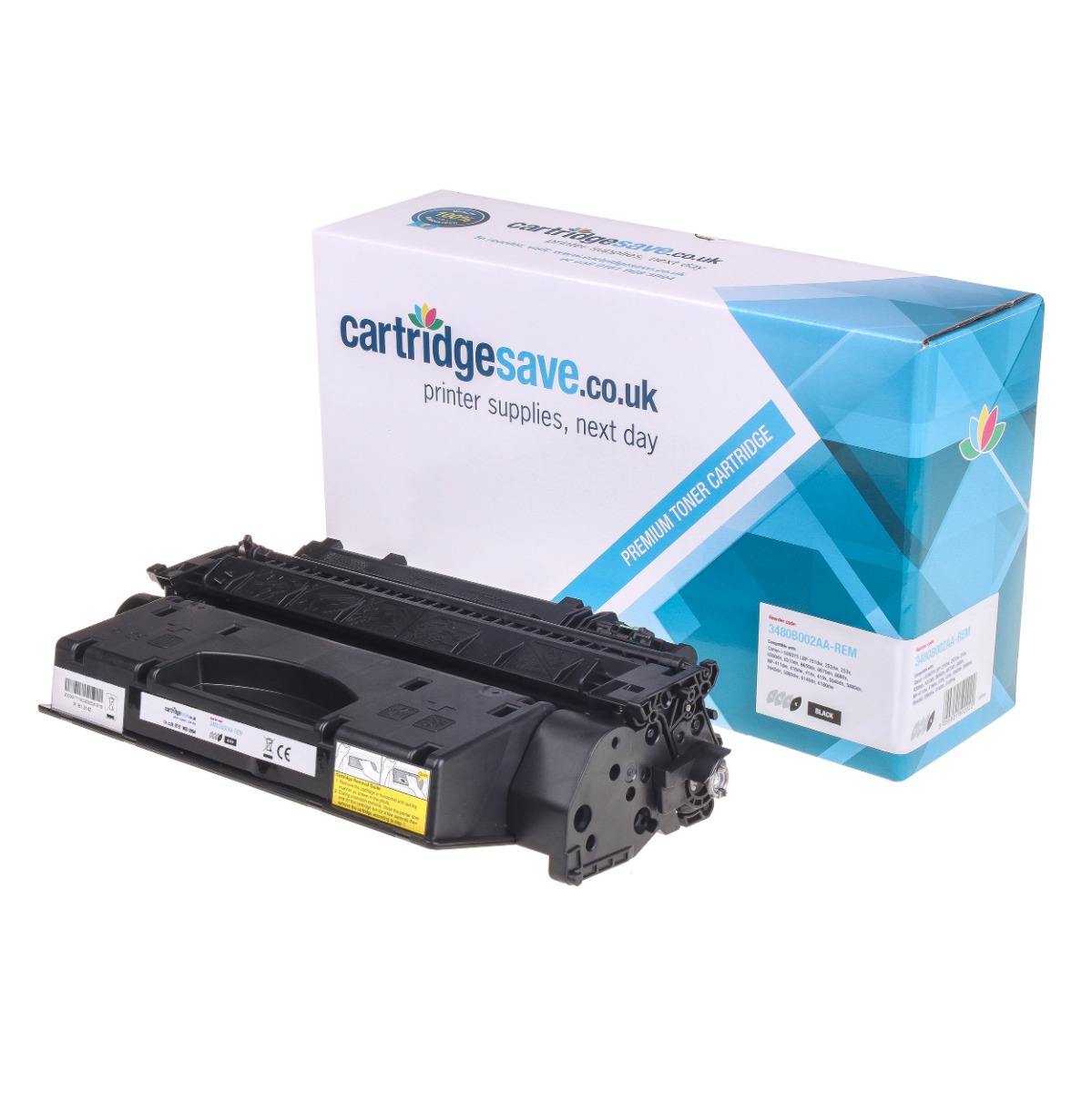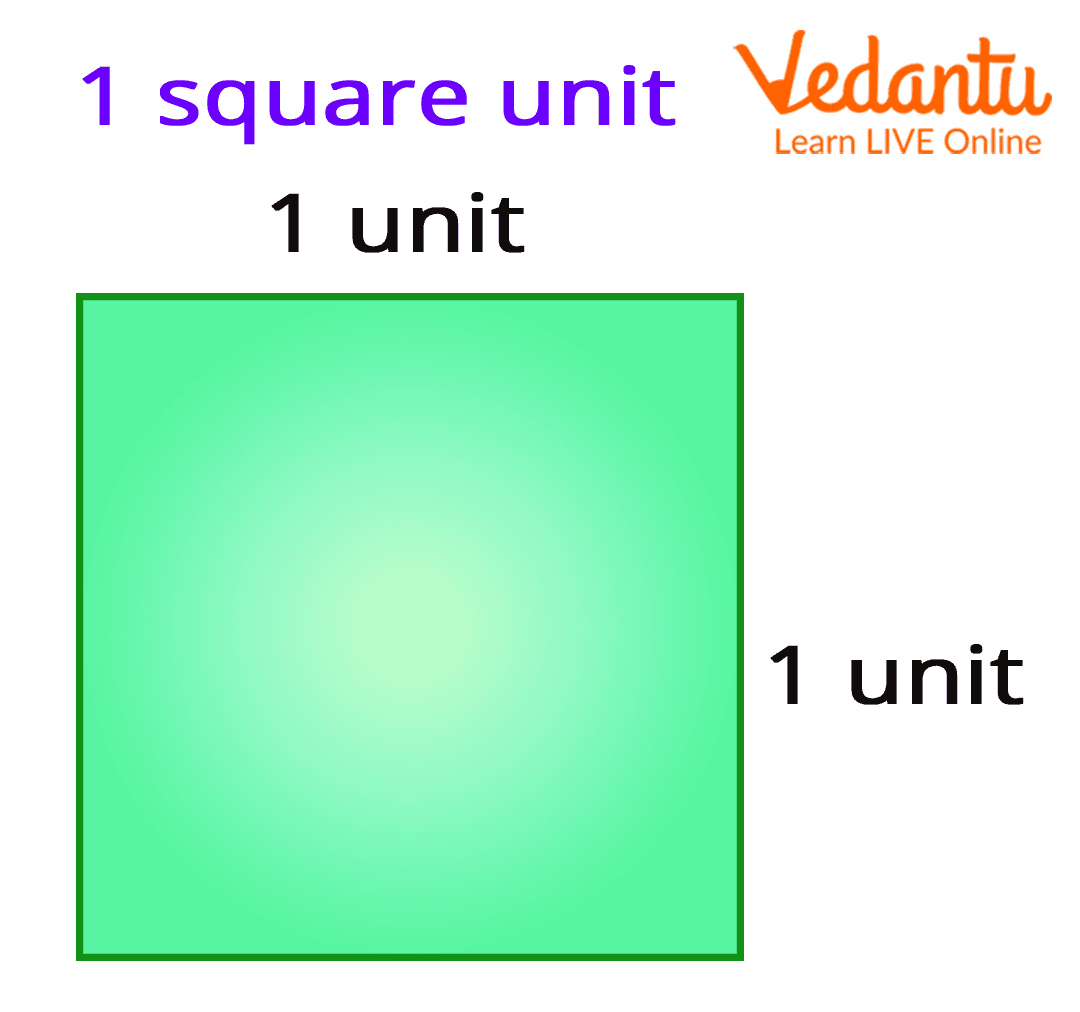Choosing the right thickness of cartridge sheet paper is essential for artists, students, and professionals alike. The thickness not only affects the quality of the artwork but also influences the overall presentation and durability of the work. In this article, we will explore the factors to consider when selecting cartridge paper thickness, the different types available, and how to make the best choice for your specific needs.
Understanding Cartridge Paper

Cartridge paper is a versatile type of paper primarily used for drawing and sketching. It is known for its ability to handle various mediums such as pencils, pens, charcoal, and watercolors. Typically, it comes in various weights and thicknesses, measured in grams per square meter (gsm). Understanding these measurements is crucial for making an informed decision.
Why Thickness Matters

The thickness of cartridge paper impacts several factors:
- Medium Compatibility: Different mediums require varying levels of thickness to achieve optimal results.
- Durability: Thicker papers are generally more durable and resistant to wear and tear.
- Texture: The surface texture can vary with thickness, affecting the final look of the artwork.
- Weight: Heavier paper can provide a more professional feel and presentation.
Measuring Paper Thickness
Cartridge paper thickness is measured in gsm (grams per square meter). Here’s a quick guide to understanding the different weight categories:
- 120-150 gsm: Ideal for sketches and practice work. It is lightweight and suitable for dry media.
- 160-200 gsm: A popular choice among artists for drawing and light watercolors. It provides a good balance between weight and flexibility.
- 200-300 gsm: Suitable for heavier applications, including ink and watercolors. This weight offers excellent durability.
- Over 300 gsm: Primarily used for professional-grade artwork and heavy applications like mixed media and watercolor.
Choosing the Right Thickness Based on Medium
Different artistic mediums necessitate varying paper thicknesses. Here’s a breakdown of suitable thicknesses for common mediums:
Pencil and Graphite
For pencil drawings, a thickness of 120-200 gsm is generally sufficient. The smooth surface allows for fine detailing while still being capable of handling erasures.
Charcoal

Charcoal requires a thicker paper, typically around 200-300 gsm, to withstand smudging and blending. A rough texture helps grip the charcoal particles effectively.
Ink and Markers

When using ink or markers, opt for 200 gsm or heavier paper. This prevents bleed-through and ensures a sharp, clean finish.
Watercolors
Watercolor artists should choose papers that are at least 300 gsm. This thickness prevents warping and buckling when wet, allowing for a smoother painting experience.
Considering the Purpose of Your Artwork

The intended use of your artwork also plays a crucial role in deciding the thickness of cartridge paper. Here are some scenarios to consider:
- Sketching: For quick sketches or practice, lighter papers (120-150 gsm) are more economical and sufficient.
- Finished Pieces: When creating final artworks for exhibitions or sales, opt for heavier papers (200-300 gsm) to ensure longevity and quality.
- Portfolios: If you intend to compile your work in a portfolio, using 200 gsm or higher will give your presentations a professional touch.
Case Studies: Artists’ Choices
To provide further insight, let’s explore some case studies of artists and their choices in cartridge paper thickness:
Case Study 1: Sarah, a Charcoal Artist
Sarah primarily works with charcoal and prefers using 250 gsm paper. She finds that this thickness offers the right balance of durability and texture, allowing her to blend and layer without worrying about tearing the paper. Her recent exhibition featured pieces on this weight, and the feedback was overwhelmingly positive regarding the quality of her work.
Case Study 2: John, an Ink Illustrator
John specializes in ink illustrations and always chooses 300 gsm paper. He previously used lighter paper but faced issues with ink bleeding and warping. Since switching to a thicker cartridge paper, his illustrations have improved significantly in detail and presentation, leading to increased client satisfaction.
Statistics on Paper Choice
Research indicates that the choice of paper can significantly influence the perception of artwork:
- A survey conducted among 500 artists found that 75% believed the paper’s quality directly impacted the viewer’s experience.
- Another study revealed that artworks presented on higher gsm paper were perceived as more professional and valuable by 80% of gallery visitors.
Tips for Testing and Experimenting

When in doubt about which thickness to choose, consider the following tips:
- Sample Packs: Purchase sample packs that include various thicknesses to test with your preferred mediums.
- Conduct Experiments: Create small test pieces using different thicknesses to see which one works best for your style.
- Seek Feedback: Share your work with fellow artists or instructors and gather their opinions on the paper choice.
Choosing the right thickness of cartridge sheet paper is not just about personal preference; it is a critical factor that influences the outcome of your artwork. By understanding the various thickness options, the compatibility with different mediums, and the intended purpose of your work, you can make an informed decision that enhances your artistic expression. Remember to experiment with different weights and seek feedback from peers to find what best suits your style. Ultimately, the right cartridge paper can elevate your artwork and ensure that it stands the test of time.




